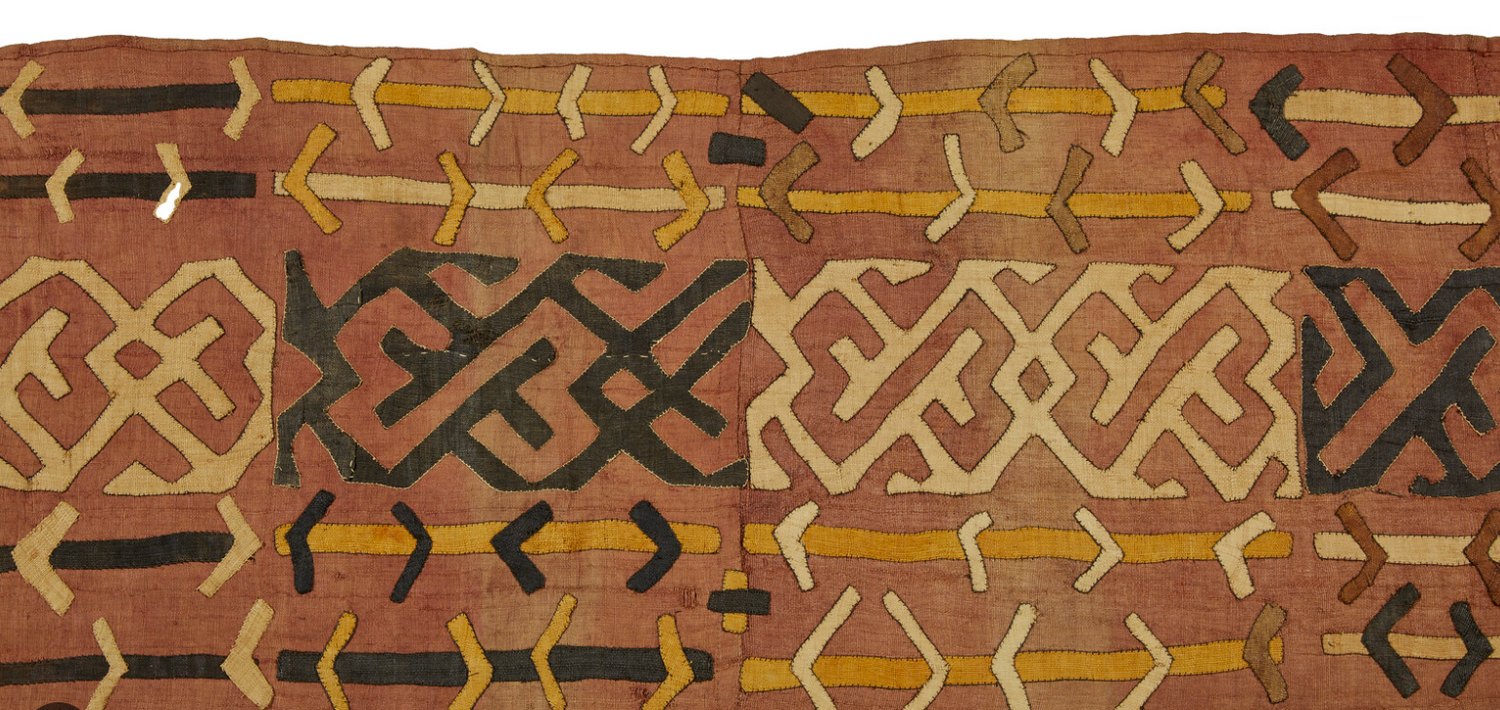
Sculpture can transform a garden from a simple outdoor space into a captivating environment, adding depth, intrigue, and personality. When integrating sculptures into garden design, careful consideration of positioning, size, and context is key to achieving a harmonious and visually appealing result. Here’s how to make the most of sculpture in your garden:
Positioning: Finding the Perfect Spot
The placement of a sculpture can make or break its impact. Here are some tips for optimal positioning:
- Focal Points: Use sculptures to create focal points or draw attention to specific areas in your garden. A well-placed sculpture can serve as a visual anchor, guiding the viewer's eye and adding structure to the space.
- Visibility and Accessibility: Ensure the sculpture is placed where it can be easily seen and appreciated. Consider sightlines from various vantage points within the garden, including from windows or pathways.
- Interaction with Nature: Position sculptures in a way that they interact harmoniously with the surrounding natural elements. Placing a sculpture among plants or near water features can enhance its visual appeal and create a more immersive experience.
Size: Proportions Matter
The scale of the sculpture relative to the garden space is crucial. Here’s how to get the size right:
-
Scale and Balance:
Choose a sculpture that complements the size of your garden and its features. Large sculptures can dominate a spacious garden, while smaller ones may be better suited to intimate or contained areas. -
Height and Viewing:
Consider the height of the sculpture in relation to your viewing perspective. Tall sculptures can add vertical interest, while lower pieces may be more suitable for closer, ground-level viewing. -
Proportional Harmony:
Ensure the size of the sculpture works with the surrounding elements. A small sculpture in a large garden can seem insignificant, while an oversized piece in a small space might overwhelm the area.
Context: Blending with the Environment
The context in which a sculpture is placed greatly affects its overall impact. Here are some pointers:
- Stylistic Harmony: Choose sculptures that reflect the overall style and theme of your garden. A modern abstract piece may not fit well in a classic cottage garden, while a rustic sculpture might enhance a naturalistic landscape.
- Material and Finish: Consider the material of the sculpture and how it complements the garden’s existing elements. Metals, stones, and ceramics each offer different textures and finishes that can either blend in or stand out depending on your design goals.
- Seasonal Considerations: Think about how the sculpture will look throughout different seasons. A piece that stands out in winter might blend into the background during summer, and vice versa. thoughtfully considering positioning, size, and context, you can integrate sculptures into your garden in a way that enhances its beauty and character. Sculptures not only add artistic flair but also offer a unique opportunity to express your personal style and create a garden space that is both dynamic and inviting.



